Meet the CMNH Staff: Meredith Lamothe
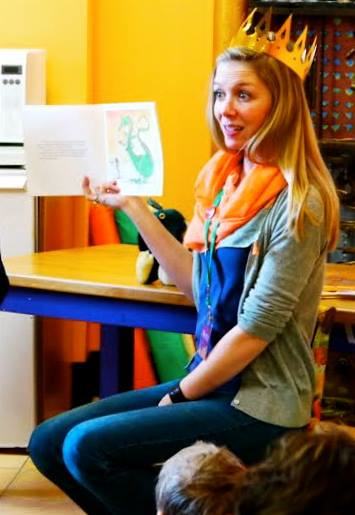 Name: Meredith Lamothe
Name: Meredith Lamothe
Title: Lead Educator
How Long at Museum? 3.5 years! I started in May of 2012.
What is the most fun part of your job? I love teaching. I look forward to Thursdays because I get to teach both Junior and Homeschool science classes. I also absolutely love doing Baby Storytime—nothing is a better start to the day than seeing and reading to a bunch of smiling, giggling babies!
What is something that people might not know about you? My bachelors degree is in Theatre Performance. I really enjoy performing and try to be in a couple plays a year.
What is your favorite exhibit at CMNH and why? I like the post office. I love the number of different ways that visitors can experience the exhibit and that it facilitates exploration of the rest of the museum.
Four & Twenty Blackbirds
The Caldecott Medal in the 1960's
Welcome to Four & Twenty Blackbirds, CMNH's blog series on the history of the Caldecott Medal and the children's book illustrations that have been fortunate enough to be honored and awarded by the Caldecott committee.
Let's look at a decade full of tumult, triumph and exploration. A decade just as easily defined with "Free Love" as "Endless War." Ferocious. Regimented. Freewheeling. These are not adjectives that one typically uses in concert to describe the same thing. They serve to describe the 1960's - politically, musically, sartorially - and the children's books published at the time were no different.
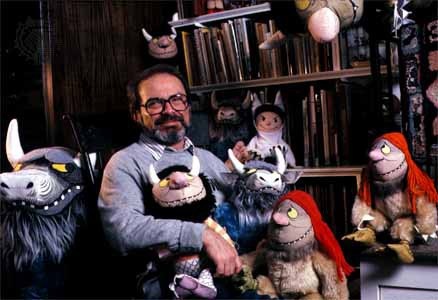 Who: Maurice Sendak (born in Brooklyn, NY, 1928)
Who: Maurice Sendak (born in Brooklyn, NY, 1928)
Book: Where the Wild Things Are / Harper & Row / 1963
Writer: Sendak
Plot: Max dresses up as a wolf. Max misbehaves. Max is sent to his room without supper. Max sees his bedroom transform into a jungle environment and grant him access to the land of the Wild Things. Max so impresses these wild beasts that he becomes their King. Will Max stay with the Wild Things and rule over them and their rambunctious ways? Will he ever return home?
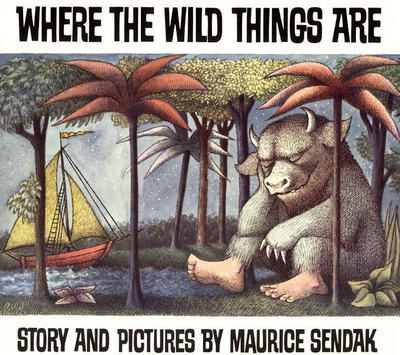 Misc: Perhaps you're familiar with this book? It's quite likely, as it's sold over 20 million copies in the 52 years since it was first published. For those that haven't read the story for many years, it's easy to forget just how little text Sendak uses to tell the story of Max and his new WIld Thing co-horts. The amount of words used to describe the plot above is more than 20% of the words Sendak used for his entire story. The lighter reading requirements took a book that many critics found too scary and full of violent imagery that much more attractive to younger readers. According to Sendak, many libraries banned the book until, finally, by 1965, they realized that children continually asked for the book and its absence made them want to read this forbidden curiosity even more. The Caldecott committee awarding Wild Things the medal in 1964 likely helped to quicken the critical turnaround by librarians and critics alike.
Misc: Perhaps you're familiar with this book? It's quite likely, as it's sold over 20 million copies in the 52 years since it was first published. For those that haven't read the story for many years, it's easy to forget just how little text Sendak uses to tell the story of Max and his new WIld Thing co-horts. The amount of words used to describe the plot above is more than 20% of the words Sendak used for his entire story. The lighter reading requirements took a book that many critics found too scary and full of violent imagery that much more attractive to younger readers. According to Sendak, many libraries banned the book until, finally, by 1965, they realized that children continually asked for the book and its absence made them want to read this forbidden curiosity even more. The Caldecott committee awarding Wild Things the medal in 1964 likely helped to quicken the critical turnaround by librarians and critics alike.
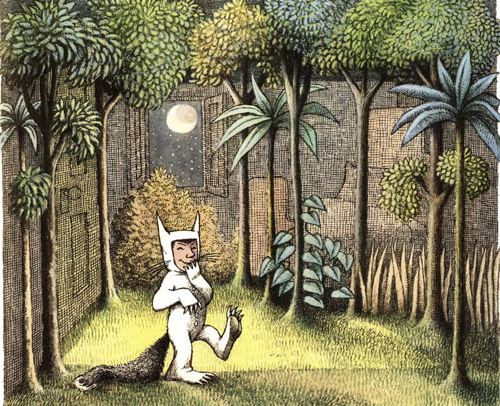 Sendak felt that the book (in addition to 1970's In the Night Kitchen and 1981's Outside Over There) show, "how children master various feelings – danger, boredom, fear, frustration, jealousy – and manage to come to grips with the realities of their lives."
Sendak felt that the book (in addition to 1970's In the Night Kitchen and 1981's Outside Over There) show, "how children master various feelings – danger, boredom, fear, frustration, jealousy – and manage to come to grips with the realities of their lives."
Short animated films were produced in 1973 and 1988. A children's opera was commissioned and first performed in London in 1984, followed by it's U.S. premiere in St. Paul, Minnesota the following year. Despite these pre-existing adaptations, the book was long considered to be "unfilmable". That didn't stop Spike Jonze (Being John Malkovich, Her) from directing and Dave Eggers (A Heartbreaking Work of Staggering Genius) from writing the screenplay for the 2009 big screen adaptation - all with Sendak's blessing; something that so many other potential Wild Things potential big-screen suitors could never seem to obtain.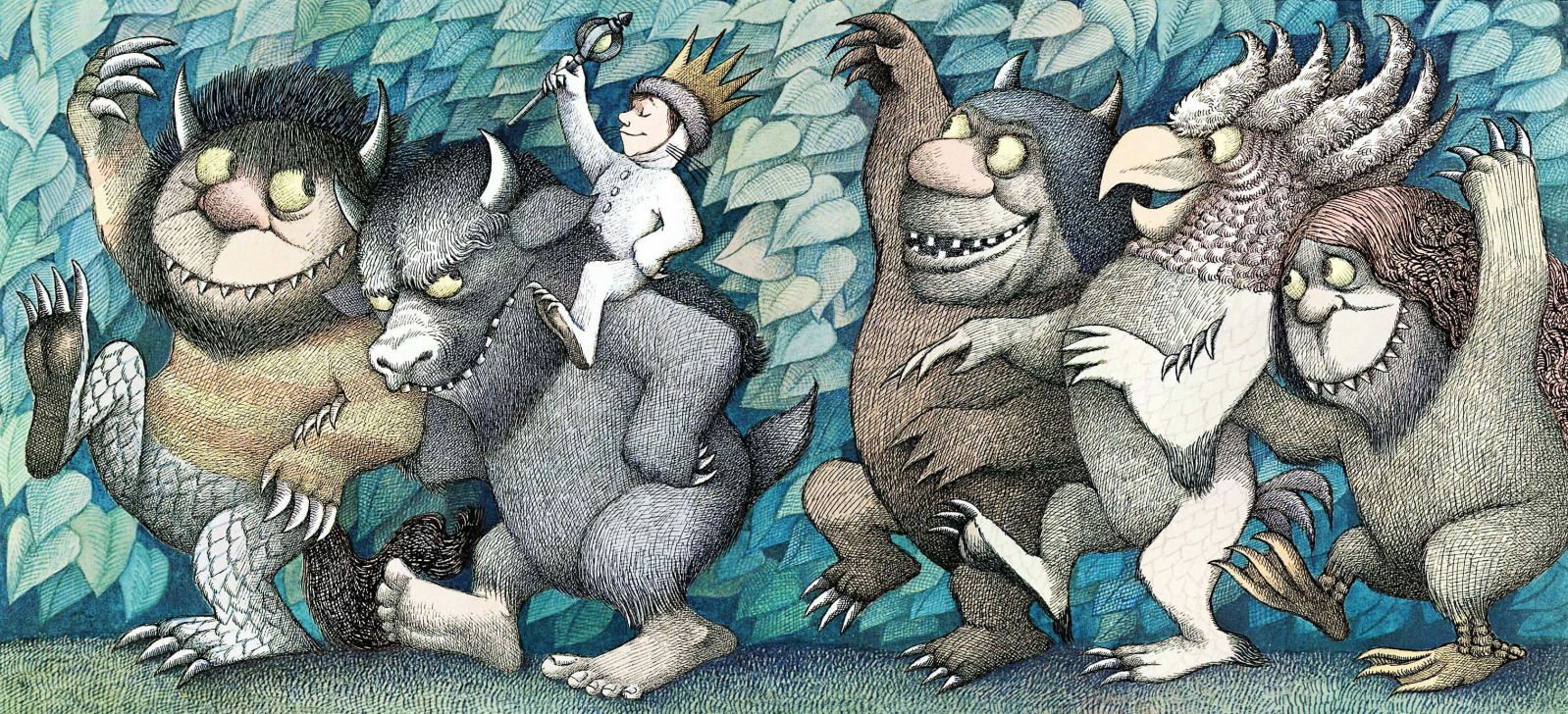
Sendak was often asked about the potential for a sequel to his most famous work and he was consistently against it. Sendak remarked to Stephen Colbert that the thought a sequel to the tale of Max and his Wild Things would be, "the most boring idea imaginable!"
From 1954's A Very Special House through 1982's Outside Over There, Sendak was recognized by the Caldecott committee a staggering eight times - honored seven times and receiving the medal once, for Wild Things. Despite this enormous achievement, Sendak does not hold the record for most recognized by the Caldecotts. That honor belongs to Marcia Brown, honored six times and medaled thrice.
Availability: The book - not to mention plush figures, t-shirts with Sendak quotes, the film soundtrack, posters, etc. - continue to be available both online and through your local bookseller/toy store.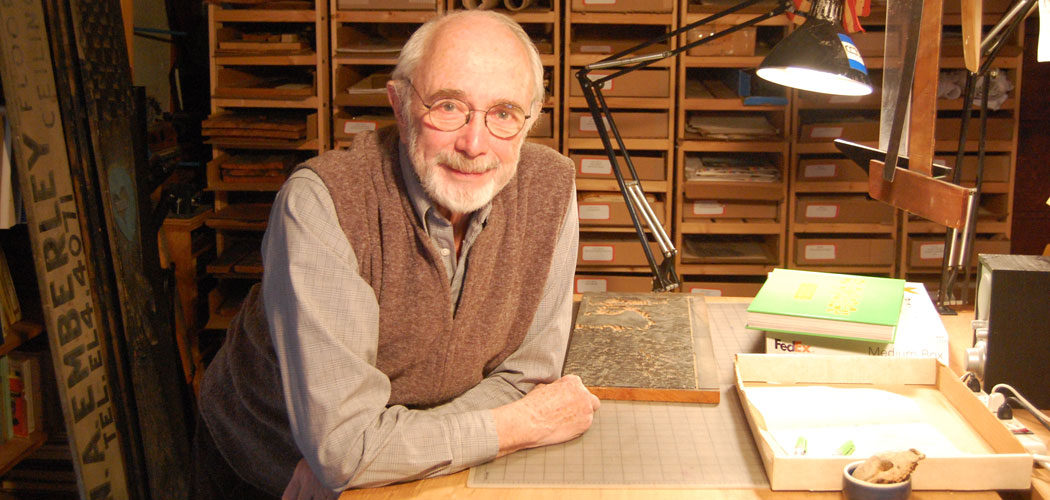 Who: Ed Emberley (born in Malden, MA, 1931)
Who: Ed Emberley (born in Malden, MA, 1931)
Book: Drummer Hoff / Prentice Hall / 1967
Writer: Barbara Emberley
Plot: Seven soldiers help assemble a cannon and, once assembled, fire it. (That's it. It's as simple as that. Or . . . is it?)
Misc: On the surface, the book written and drawn by the Emberleys is a 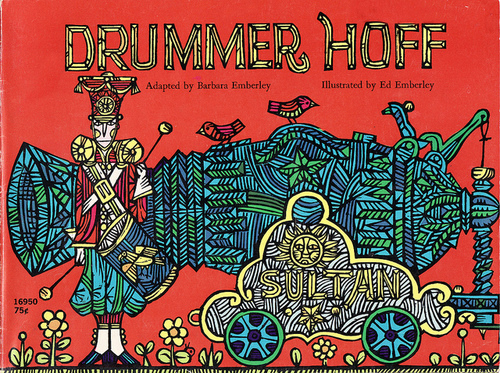 simple semi-nursery rhyme. Ed Emberley has explained that Drummer was an adaptation of the early 19th Century rhyme "John Ball Shot Them All". The names of the soldiers have changed, but the conceit of rhyming their last names to their responsibility remains, e.g. "General Border gives the order, Sergeant Chowder brings the powder . . ." The illustrations, which are unmistakably Emberley, have been praised for somehow conveying the feel of American Colonial art and the more psychedelic tendencies of the late sixties. It's certainly two styles of art that don't seem to naturally intersect, and yet Emberley makes it seem like the most natural of marriages.
simple semi-nursery rhyme. Ed Emberley has explained that Drummer was an adaptation of the early 19th Century rhyme "John Ball Shot Them All". The names of the soldiers have changed, but the conceit of rhyming their last names to their responsibility remains, e.g. "General Border gives the order, Sergeant Chowder brings the powder . . ." The illustrations, which are unmistakably Emberley, have been praised for somehow conveying the feel of American Colonial art and the more psychedelic tendencies of the late sixties. It's certainly two styles of art that don't seem to naturally intersect, and yet Emberley makes it seem like the most natural of marriages.
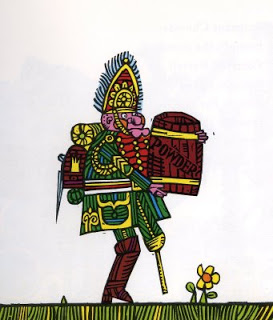 While many critics were quick to label Drummer Hoff as an anti-war poem/book, the Emberleys were always careful to never spell out an explicit message for the book. Ed Emberley, who had received a Caldecott honor for his previous collaboration with wife Barbara for the art on 1966's One Wide River to Cross, spelled out exactly what he thought the take away from Drummer Hoff would - or should - be, in his 1968 Caldecott Medal acceptance speech:
While many critics were quick to label Drummer Hoff as an anti-war poem/book, the Emberleys were always careful to never spell out an explicit message for the book. Ed Emberley, who had received a Caldecott honor for his previous collaboration with wife Barbara for the art on 1966's One Wide River to Cross, spelled out exactly what he thought the take away from Drummer Hoff would - or should - be, in his 1968 Caldecott Medal acceptance speech:
The book’s main theme is a simple one — a group of happy warriors build a cannon that goes “KAHBAHBLOOM.” But, there is more to find if you “read” the pictures. They show that men can fall in love with war and, imitating the birds, go to meet it dressed as if to meet their sweethearts. The pictures also show that men can return from war sometimes with medals, and sometimes with wooden legs . . . The book’s primary purpose is, as it should be, to entertain.
It's difficult to ignore, however, the final page of the book. After the eager soldiers happily build the royal cannon (affectionately named "SULTAN"), and after the aforementioned, and explosively illustrated, "KAHBAHBLOOM", comes that last page. Time has passed. The cannon is in ruins. But the scene is not one of desolation. In place of the medals and finery of the soldiers is grass, overgrown and winding over and around the cannon with wild, wayward orange and yellow flowers shooting up between the blades of grass. Life goes  on and thrives in this future scene. A grasshopper and butterfly play on and near the weapon formerly known as SULTAN. A spider has spun his web atop the old armament and a mother and father bird have built their nest in the mouth of the cannon where the are shown feeding their baby birds. Emberley can profess all he wants that Drummer Hoff is meant simply, "to entertain", but the inclusion of the final image makes the story and its art a timeless book that can launch thoughtful discussions among readers of every age.
on and thrives in this future scene. A grasshopper and butterfly play on and near the weapon formerly known as SULTAN. A spider has spun his web atop the old armament and a mother and father bird have built their nest in the mouth of the cannon where the are shown feeding their baby birds. Emberley can profess all he wants that Drummer Hoff is meant simply, "to entertain", but the inclusion of the final image makes the story and its art a timeless book that can launch thoughtful discussions among readers of every age.
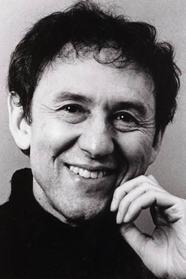 Who: Uri Shulevitz (born in Warsaw, Poland, 1935)
Who: Uri Shulevitz (born in Warsaw, Poland, 1935)
Book: The Fool of the World and the Flying Ship / Farrar, Straus and Giroux / 1968
Writer: Arthur Ransome
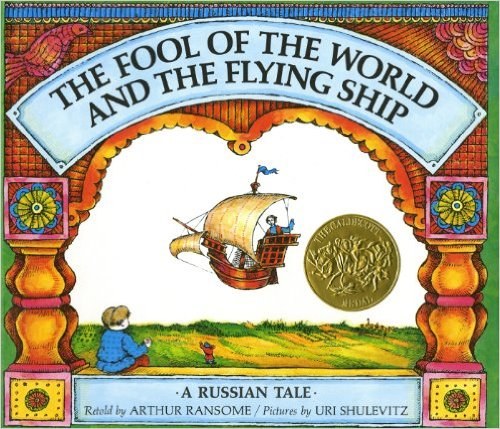 Plot: This adaptation of a Russian folktale sees a Czar announce that whoever in the Kingdom can bring him a flying ship will be given the hand of his daughter the Princess. A peasant family sends two of their three sons on a journey to complete a quest that will see them wed to the Princess. But they discount their third son, the titular "Fool" whose fantastical journey sees him deliver a flying ship to the Czar only to have the Czar continue to challenge his promise with more and more outlandish requests. Will the colorful cast of characters find that their outlandish abilities (the power to drink or eat unimaginable volumes, super vision, inhuman speed, etc.) are suddenly quite practical?
Plot: This adaptation of a Russian folktale sees a Czar announce that whoever in the Kingdom can bring him a flying ship will be given the hand of his daughter the Princess. A peasant family sends two of their three sons on a journey to complete a quest that will see them wed to the Princess. But they discount their third son, the titular "Fool" whose fantastical journey sees him deliver a flying ship to the Czar only to have the Czar continue to challenge his promise with more and more outlandish requests. Will the colorful cast of characters find that their outlandish abilities (the power to drink or eat unimaginable volumes, super vision, inhuman speed, etc.) are suddenly quite practical?
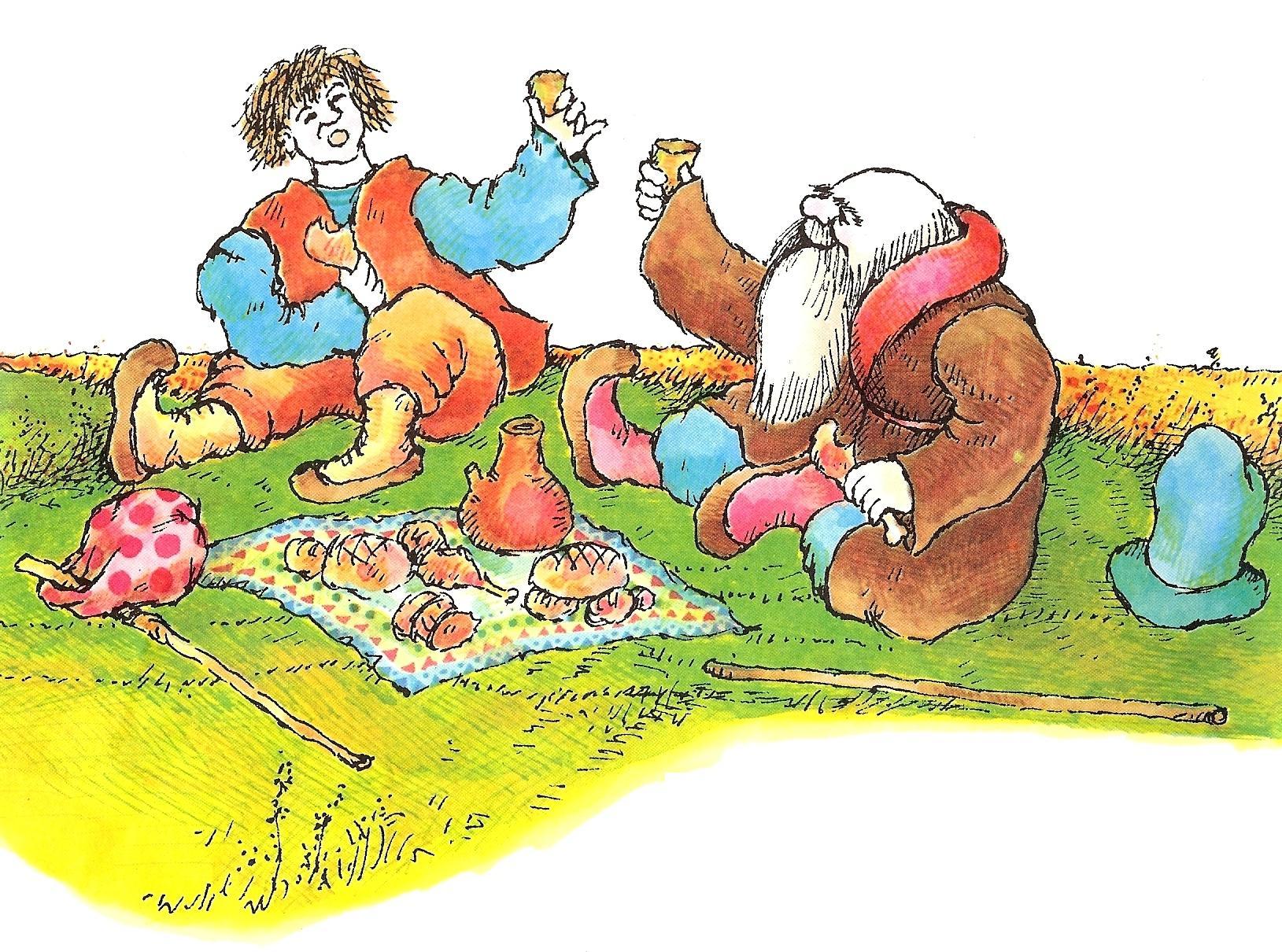
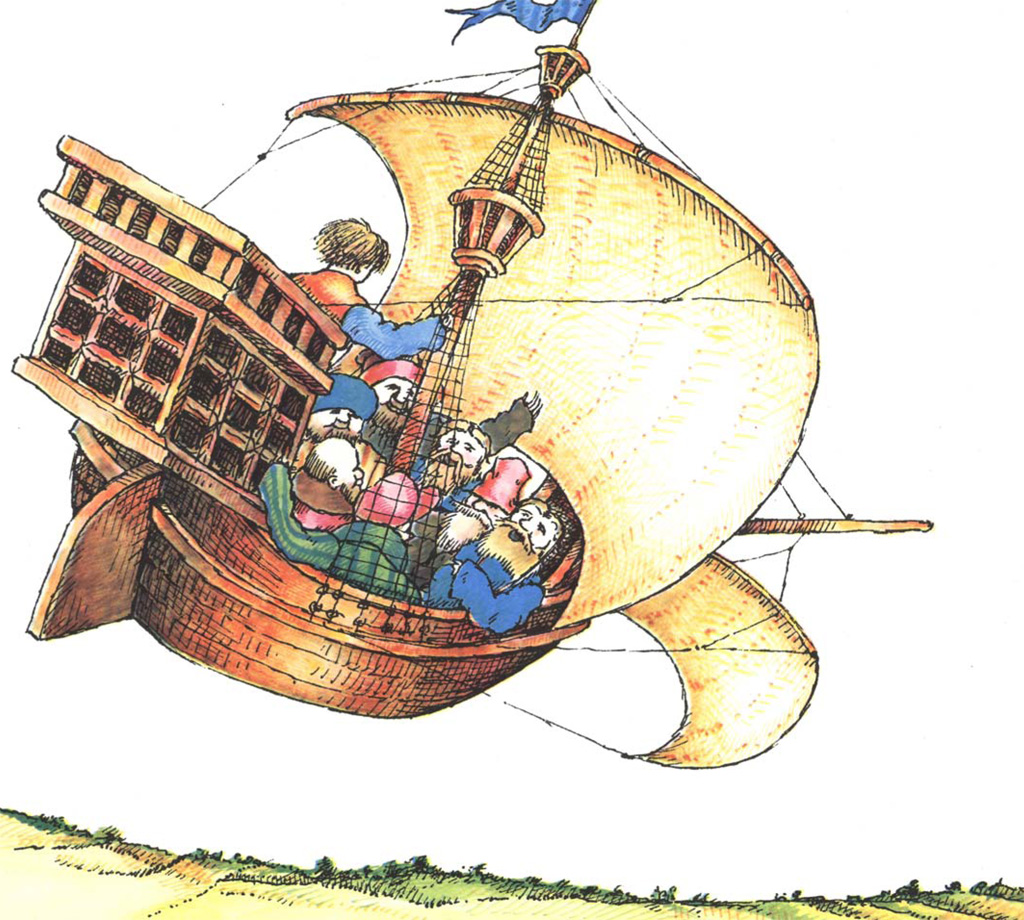 Misc: Why aren't more people familiar with the work of Uri Shulevitz? There's no easy answer for why a writer/illustrator of Shulevitz's immense talent isn't more of a household name. Shulevitz, currently living in New York City, celebrated his 80th year by releasing his 40th book, the transportation themed Troto and the Trucks. Shulevitz was first recognized by the Caldecott committee at the close of the 1960's with the Caldecott Medal for his work on Fool. He continued to change his style while capturing the eye of the committee with Caldecott honors for his work in the 1970's through the 1990's. On the fortieth anniversary of Shulevitz receiving his Caldecott Medal, he received a Caldecott Honor for his work on 2008's How I Learned Geography.
Misc: Why aren't more people familiar with the work of Uri Shulevitz? There's no easy answer for why a writer/illustrator of Shulevitz's immense talent isn't more of a household name. Shulevitz, currently living in New York City, celebrated his 80th year by releasing his 40th book, the transportation themed Troto and the Trucks. Shulevitz was first recognized by the Caldecott committee at the close of the 1960's with the Caldecott Medal for his work on Fool. He continued to change his style while capturing the eye of the committee with Caldecott honors for his work in the 1970's through the 1990's. On the fortieth anniversary of Shulevitz receiving his Caldecott Medal, he received a Caldecott Honor for his work on 2008's How I Learned Geography.
Cult film lovers will recognize pieces of Terry Gilliam's 1988 box office failure "The Adventures of Baron Munchausen" are almost directly adapted from some of Ransome/Shulevitz's adaptations.
Availability: Hardcover and paperback versions of the book are still in print and are relatively easy to find.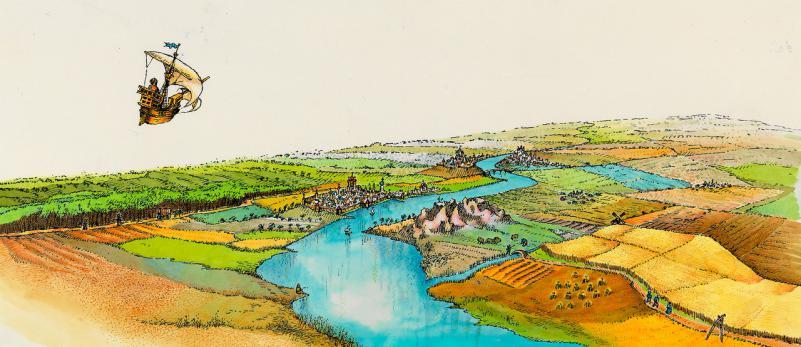
Four & Twenty Blackbirds
The Caldecott Medal in the 1950's
We're taking a look back at the history of the Caldecott Medal. This series of blogs, titled "Four & Twenty Blackbirds", receives its name from one of the engravings on the actual prize Medal given out for the best children's book illustrations.
Join us now as we enter a decade where Live Comedy was King on (the suddenly ubiquitous) Television Set, Chevrolet was King of the Road and Elvis was just simply, "the King" . . .
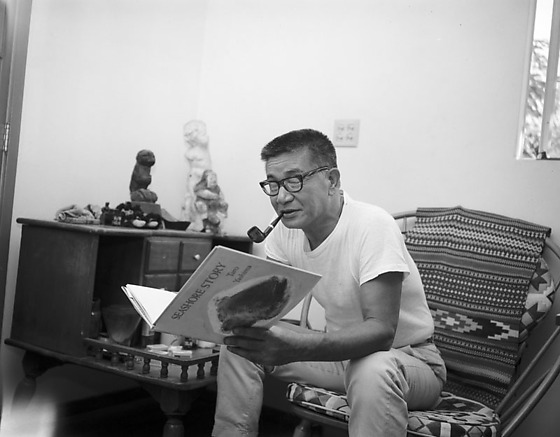
Who: Atsushi Iwamatsu, under the pen name Taro Yashima (born in Nejima, Kimotsuki District, Kagashima, 1908)
Book: Umbrella / Viking Press / 1958
Writer: Yashima
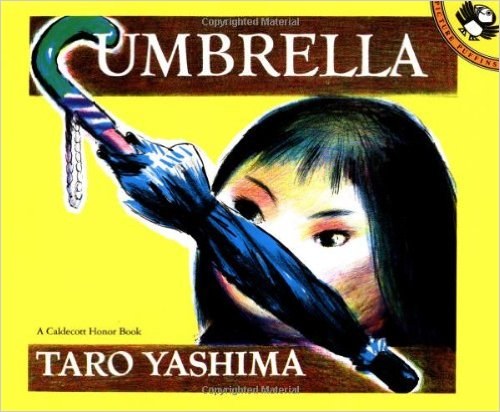
Plot: Momo is a Japanese girl, born in New York City, who desperately wants to bring her umbrella (and new red boots!) to school with her. Momo's mother says she cannot, as it has been a long, dry autumn and there is no need for an umbrella. Momo disagrees and insists the umbrella can still help to shield her from the bright sun and strong wind. Momo's mother still says she cannot bring her umbrella with 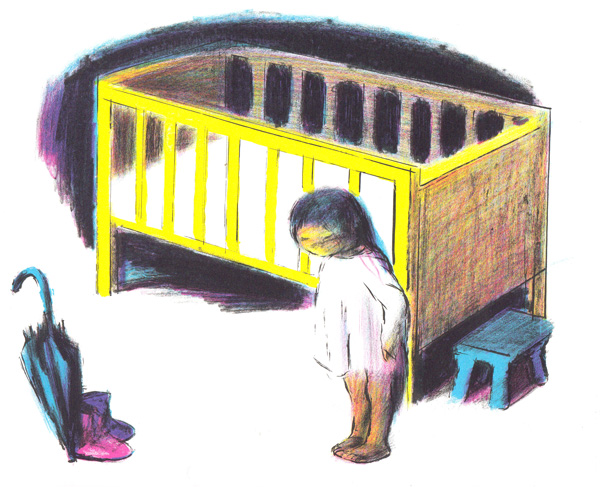 her. But one day, the rains come. Will Momo be ready for them?
her. But one day, the rains come. Will Momo be ready for them?
Misc: Umbrella was not Yashima's first recognition from the Caldecott committee and it would not be his last. In addition to the tale of Momo and her umbrella, Crow Boy (1955) was named as an Honor book as well as his later work Seashore Story (1967). There are various reasons why writers/illustrators use pen names, but Yashima had a very specific reason for not going by his birth name of Atsushi Iwamatsu. Yashima and his wife Tomoe had been harassed and briefly imprisoned during the 1930's for their opposition to the increasingly militaristic Japanese government. Yashima, who, after attending the Imperial Art Academy in Tokyo and  achieving a degree of fame in Japan for his cartooning, fled the country with Tomoe in 1939 for the United States. Unfortunately, their son, Mako, had to be left behind. After Pearl Harbor, he joined the U.S. forces during WWII as an artist for the OSS and changed his name to Taro Yashima, fearful of what would happen to his family still in Japan if the Japanese government found out "Atsushi Iwamatsu" was fighting for the Allies instead of against them. Allowed to finally return to Japan and retrieve Mako in 1949, Yashima began to write and illustrate children's books after the war and decided to keep his adopted name for any published work he produced. Umbrella, despite taking place in New York City, was singled out for the strong influence of Yashima's Japanese culture in the illustrations as well as its strong use of color.
achieving a degree of fame in Japan for his cartooning, fled the country with Tomoe in 1939 for the United States. Unfortunately, their son, Mako, had to be left behind. After Pearl Harbor, he joined the U.S. forces during WWII as an artist for the OSS and changed his name to Taro Yashima, fearful of what would happen to his family still in Japan if the Japanese government found out "Atsushi Iwamatsu" was fighting for the Allies instead of against them. Allowed to finally return to Japan and retrieve Mako in 1949, Yashima began to write and illustrate children's books after the war and decided to keep his adopted name for any published work he produced. Umbrella, despite taking place in New York City, was singled out for the strong influence of Yashima's Japanese culture in the illustrations as well as its strong use of color.
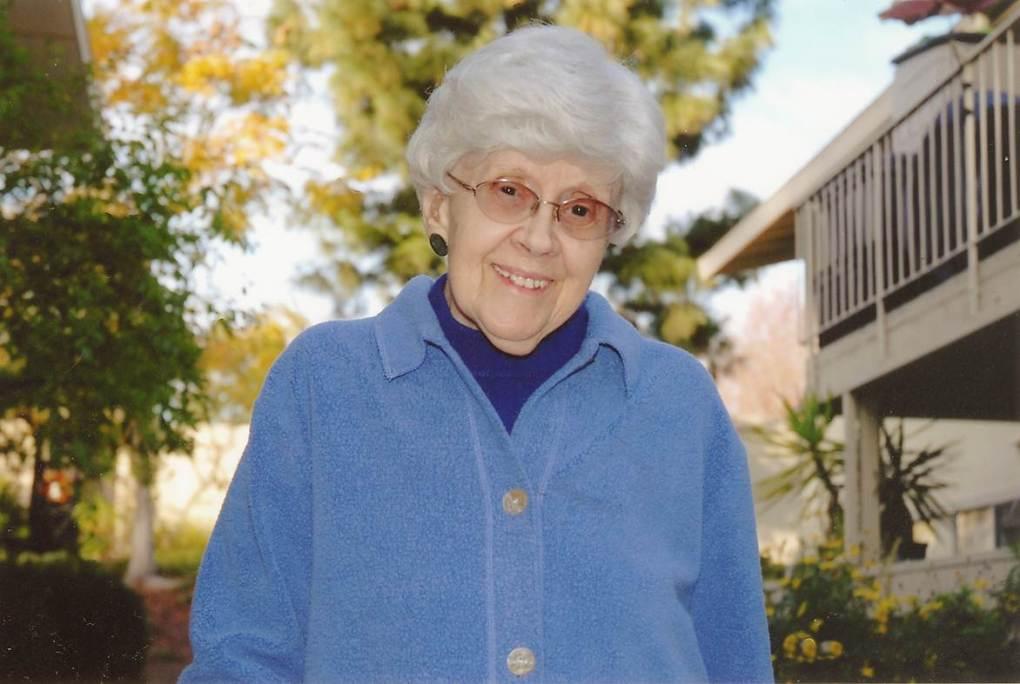 Who: Marcia Brown (born in Rochester, NY, 1918)
Who: Marcia Brown (born in Rochester, NY, 1918)
Book: The Steadfast Tin Soldier / Atheneum Books / 1953
Writer: Hans Christian Andersen (adaptation)
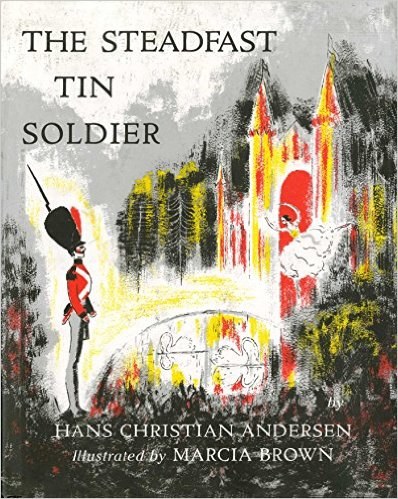
Plot: A one-legged tin soldier falls in love with a beautiful paper ballerina. After being separated from her he faces many trials and tribulations in his quest to return to her, almost never in control of his journey but forced into new directions by the hands of other toys, animals and humans. Will he ever see his ballerina again? Will there be a happy ending?
Misc: Hans Christian Andersen is rightfully known as a magnificent writer of children's classics. Like his contemporaries, the Brothers Grimm, a multitude of his works have been adapted - often in 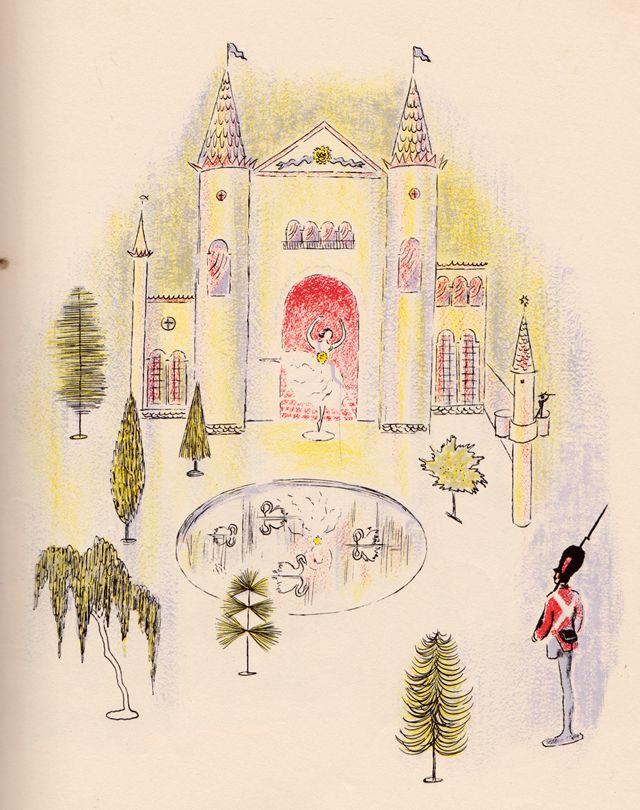 the form of animation - since they were first published almost 200 years ago. Also like the Brothers Grimm, Andersen's tales were often far more bleak, dark and devoid of a happy ending than their Disney-fied versions. To say that a happy ending is not found by the conclusion of the Tin Soldier's story is putting it mildly. The capricious and fiery fate of the Tin Soldier and his true love makes the denouement of The Velveteen Rabbit look like The Three Little Pigs. There's no question that this story might be too emotionally difficult for early grade school children.
the form of animation - since they were first published almost 200 years ago. Also like the Brothers Grimm, Andersen's tales were often far more bleak, dark and devoid of a happy ending than their Disney-fied versions. To say that a happy ending is not found by the conclusion of the Tin Soldier's story is putting it mildly. The capricious and fiery fate of the Tin Soldier and his true love makes the denouement of The Velveteen Rabbit look like The Three Little Pigs. There's no question that this story might be too emotionally difficult for early grade school children.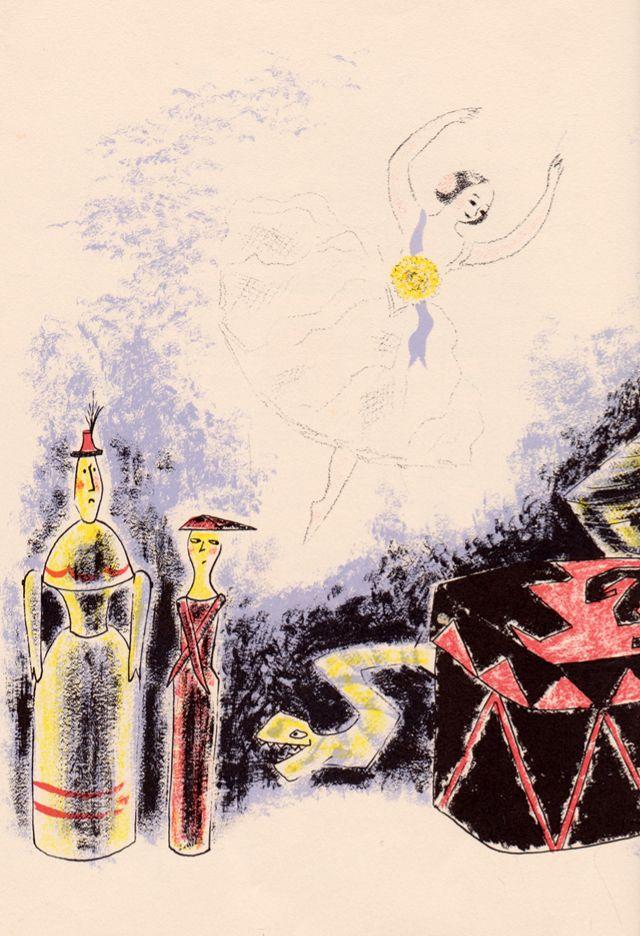 There is no questioning, however, Brown's inclusion as a Caldecott Honor Book for her work depicting the tragic tale of the titular tin soldier. In fact, during the 1950's, Brown dominated the Caldecott awards in a way no illustrator had done before or since. From 1948's Stone Soup through 1983's Shadow, Marcia Brown, and her unmistakable line work, were recognized by the committee nine times. The Steadfast Tin Soldier was the sixth book of Brown's to receive the Caldecott honor, with her next three books that were recognized all walking away with the Caldecott Medal. Brown, a clear holder of several Caldecott records, also lays claim to the m
There is no questioning, however, Brown's inclusion as a Caldecott Honor Book for her work depicting the tragic tale of the titular tin soldier. In fact, during the 1950's, Brown dominated the Caldecott awards in a way no illustrator had done before or since. From 1948's Stone Soup through 1983's Shadow, Marcia Brown, and her unmistakable line work, were recognized by the committee nine times. The Steadfast Tin Soldier was the sixth book of Brown's to receive the Caldecott honor, with her next three books that were recognized all walking away with the Caldecott Medal. Brown, a clear holder of several Caldecott records, also lays claim to the m ost Caldecott recognition in consecutive years, with one of her works selected for six straight years in a row from 1950 through 1955. Any conversation concerning the Caldecott Medal during the mid-20th Century - or in its entire history - is not complete without an understanding of Marcia Brown's incredible artwork. More than Seuss, more than Sendak, more than McCloskey - Marcia Brown is truly the King, ahem, Queen of the Caldecotts.
ost Caldecott recognition in consecutive years, with one of her works selected for six straight years in a row from 1950 through 1955. Any conversation concerning the Caldecott Medal during the mid-20th Century - or in its entire history - is not complete without an understanding of Marcia Brown's incredible artwork. More than Seuss, more than Sendak, more than McCloskey - Marcia Brown is truly the King, ahem, Queen of the Caldecotts.
Alzheimer's Cafe Symposium
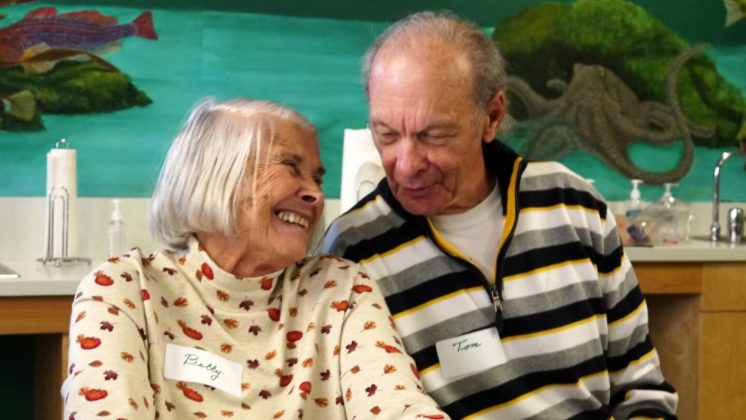
Symposium on popular Alzheimer’s Café
Children’s Museum of NH collaborates to share lessons learned
The Children’s Museum of New Hampshire has hosted a free monthly Alzheimer’s Café program for the past four years for families who have a loved one with dementia. With generous support from AARP, the Museum was able to conduct a research project to determine the benefits of attending the Café. The findings will be shared at a free symposium at the Wentworth-Douglass Hospital Conference Center (789 Central Ave) in Dover, NH on Monday, November 16 from 1- 4pm.
A report highlighting the results of the study, done in collaboration with Keene State College’s nursing program, will be available to anyone attending the symposium. “We conducted interviews, observed, and surveyed our Alzheimer Café participants,” says Paula Rais, Vice President of Development and Community Engagement. “All of the data was compiled and revealed the benefits of the Café from the perspective of those who attend. We also learned what improvements we can make to help us plan for the future. It’s been an invaluable process and we’re excited to share the results with the community.”
The Children’s Museum of New Hampshire launched the first Alzheimer’s Café in the Eastern United States in October 2011. It has since attracted widespread attention from families affected by dementia as well as healthcare professionals. In 2012, the Museum’s Alzheimer’s Café program received the Leaders In Innovation award from the New England Museum Association. Held the third Thursday of each month from 2-4pm, people living with Alzheimer’s disease are welcomed, along with their family members and caregivers, to gather in a supportive, non-clinical setting to relax, enjoy refreshments and socialize.
The public and press are welcome to attend the symposium and are asked to RSVP to Paula Rais at paula@childrens-museum.org or by calling 603-742-2002.
FoodWorks: Healthy Holiday Eating
Bring us some figgy pudding!
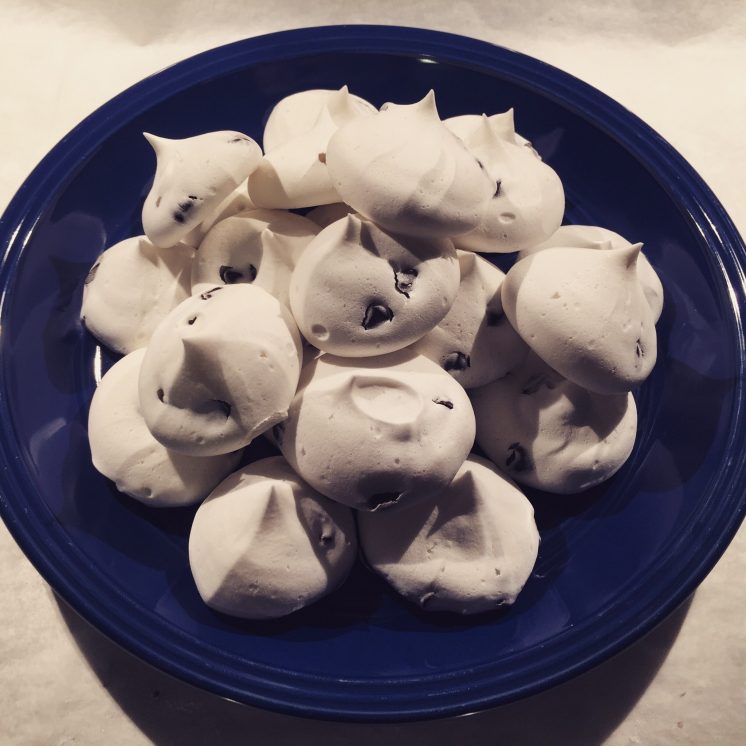
By Sarah Terry
So it's that time of year again... holiday season is upon us! Personally, Halloween is my favorite holiday, but I'm also a dedicated caroler and mulled cider aficionado, and those are just two of the many reasons I'm excited for the coming winter months. Holidays mean food, family, friends! Food again! And with that in mind, what better time to talk about our Foodworks program? With generous help from Hannaford grocery store, I've been working on a whole slate of upcoming events, including one all about healthy food for the holidays!
Now, healthy eating during the holidays can seem pretty much impossible. I come from a big family that has a habit of making enough food to feed the entire block, and still have enough for leftovers the next day. I mean, I can remember Thanksgivings where we had a turkey, a ham, stuffed shells, and still made mashed potatoes, stuffing, cranberry sauce, the works! And that was before I became vegetarian, so now I always make a vegetarian entree too! I'm surprised our table didn't sag in the middle! Plus, family parties are only the start throw in cookies swaps, and office parties, treats for school... it feels like you're navigating a mine field full of gravy boats and candy canes! But there are actually a lot of small choices you can make that will help you have a healthier holiday (or at least a healthierthan-eating-an-entire-bowl-of-mashed-potatoes holiday, as I may have done once or twice...). One of my favorites? Bring a healthy, delicious dish for everyone to enjoy!
Holiday desserts aren't usually the pinnacle of health food. So many cakes and pies and cookies and candies! You definitely don't have to resist every pie, but you can bring some awesome desserts to your next holiday party that won't make you feel like falling into a food coma after dinner!
For the Healthy Holidays Foodworks program, our dessert of choice is...
Meringues!
Meringues are tasty, simple, fun, and nearly fat free! Now, there are actually two versions of meringues that I'm going to talk about – one traditional and one not-so-traditional. The traditional version is made with egg whites. These are beaten until they form a stiff foam, then sugar and flavorings are mixed in, they're piped out, then finally baked at a low temperature for several hours. These guys are less than half the calories of a chocolate chip cookie! Awesome, right?
Here's a Hannaford recipe for raspberry flavored meringues!
What about the not-so-traditional way? I love to experiment with food, and fairly recently, I came across something called aquafaba. What exactly is aquafaba, you ask? Have you ever bought a can of chickpeas? As a person who occasionally subsists on hummus alone, I can tell you that I go through a ton of them! Well, aquafaba is the liquid in the can that you usually drain and throw away! Little did I know that I should have been saving it! You can actually treat aquafaba just like egg whites – put it in a mixing bowl, whip it with a hand mixer, and you'll soon get beautiful foamy peaks, just like you would with eggs! This version of the recipe is cool because it's also vegan! If you're ever searching for something to make when the crowd has a lot of dietary restrictions, this recipe is perfect, because it's egg-free, dairy free, nut-free, soy free, AND gluten-free.
Does it come out as good as the traditional version? Just take a look at this photograph I took when I first tried out the recipe! Waiting for them to finally come out of the oven is definitely the hardest part...
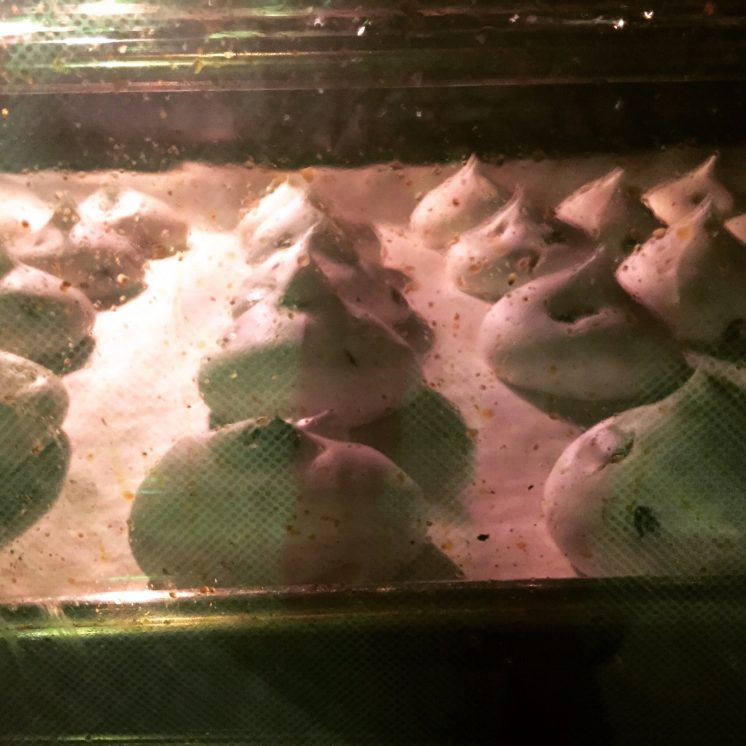
They were delicious and my family couldn't even tell the difference between these guys and the egg-version!
Here's the recipe I used – these are plain vanilla meringues but you can add all kinds of flavorings! When I made these, I substituted mint extract for vanilla extract and added some vegan chocolate chips, and that's only one possibility! Either version is a healthy, tasty treat that would be a welcome addition to any dessert table!
Now... ready, set, BAKE! (and please tell me I'm not the only one obsessed with the Great British Bake Off!) Let us know if you take a shot at these recipes, or share some of your own healthy holiday tips with us!
Most importantly, have a lovely, family-and-friends-filled holiday season!
Out of This World
A Gallery 6 art exhibition preview
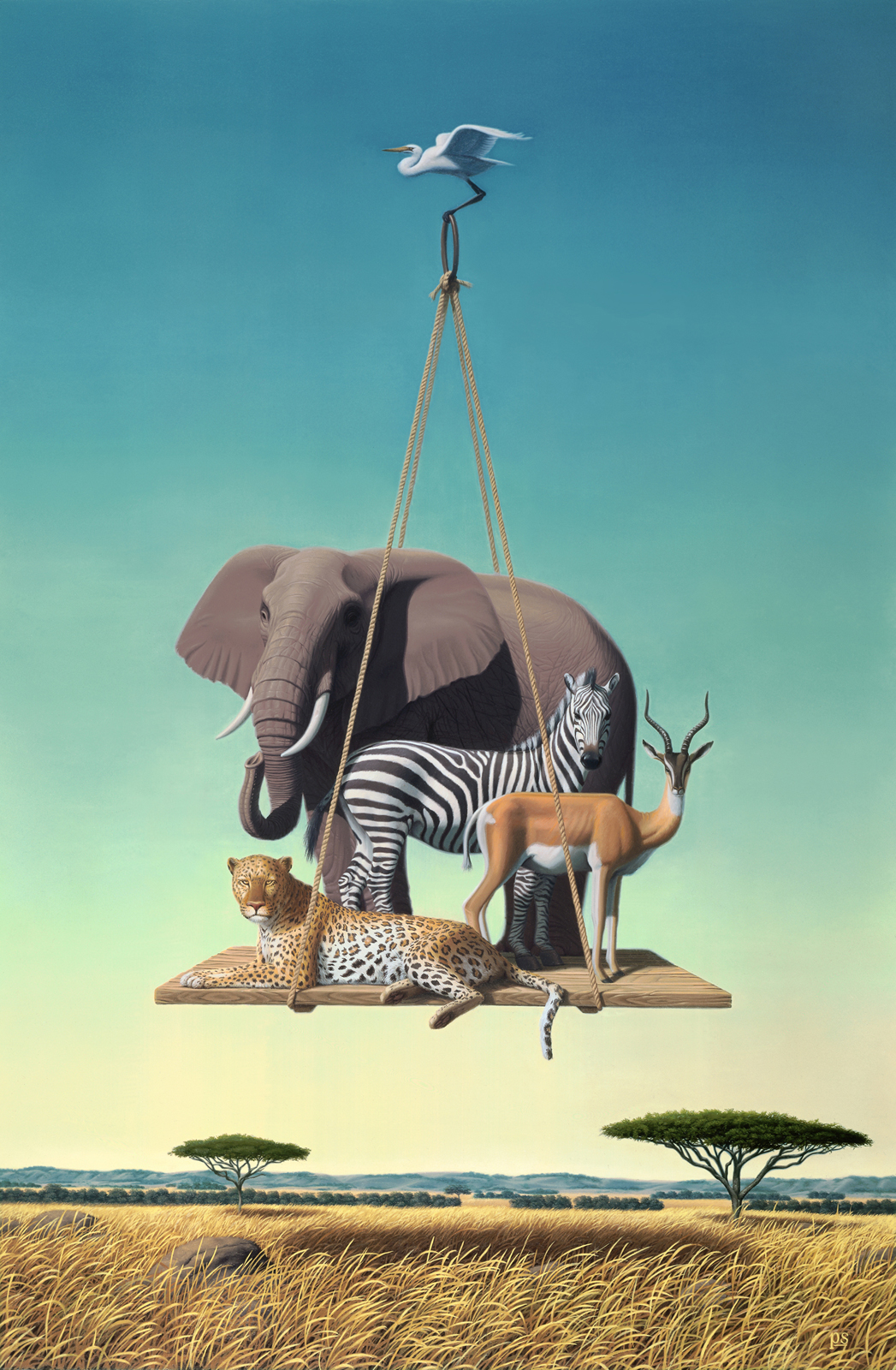 Fanciful Out of This World art exhibition debuts at Children’s Museum of NH’s Gallery 6
Fanciful Out of This World art exhibition debuts at Children’s Museum of NH’s Gallery 6
This winter, the walls of Gallery 6 at the Children’s Museum of NH will take the magical and fantastic impossibilities of our imaginations and present them in a way that is real and believable. Out of This World, on view December 3, 2015 through March 1, 2016, contains fanciful creatures in playful and whimsical settings and promises to take viewers on journeys to strange worlds.
Out of This World shines a spotlight on Fantasy art and invites the viewer to suspend disbelief just long enough to view a new realm of possibilities, unhindered by our own expectations. “Believing the ‘impossible’ comes very naturally to children, so this Fantasy theme is a perfect fit for an art exhibition within a Children’s Museum,” shared Tess Feltes, Gallery 6 Curator.
Also on view on the exterior of the Museum is an installation by local artist Sam Paolini. “Sam’s art is all about other worldly creatures existing in fantastic and colorful environments, so we wanted to have her art greet guests as a way of saying, ‘Hey, anything is possible here!’” said Exhibits Director Mark Cuddy. The Gallery 6 art exhibitions are supported by Optima Bank and Trust, the NH State Council on the Arts and the Fuller Foundation.
Close to forty works of art have been selected for the Out of This World exhibition, ranging from anthropomorphized forms to detailed illustrations. These paintings, prints and mixed media pieces are mostly available for purchase and a portion of the proceeds goes directly to supporting the programs at the Children’s Museum of New Hampshire.
Featured artists in this show include: Bill Baber, Cori Caputo, Brian Cartier, Victoria Elbroch, Wolfgang Ertl, Tina Fazio, Marina Forbes, Theresa LeBreque, Fleur Palau, Sam Paolini, Sue Pretty, Phillip Singer, Beth Wittenberg and Shi Yue. The public are invited to join the artists at an opening reception, generously sponsored by Optima Bank and Trust, on Thursday, December 3 from 5:30-7pm.
Out of This World can be viewed in Gallery 6 during regular business hours at the Children’s Museum of New Hampshire: Tuesday – Saturday 10am-5pm and Sunday noon-5pm. No admission fee is required to view the gallery only. Regular admission applies for families who wish to also explore the rest of the museum.
Alzheimer's Cafe: A Look Forward

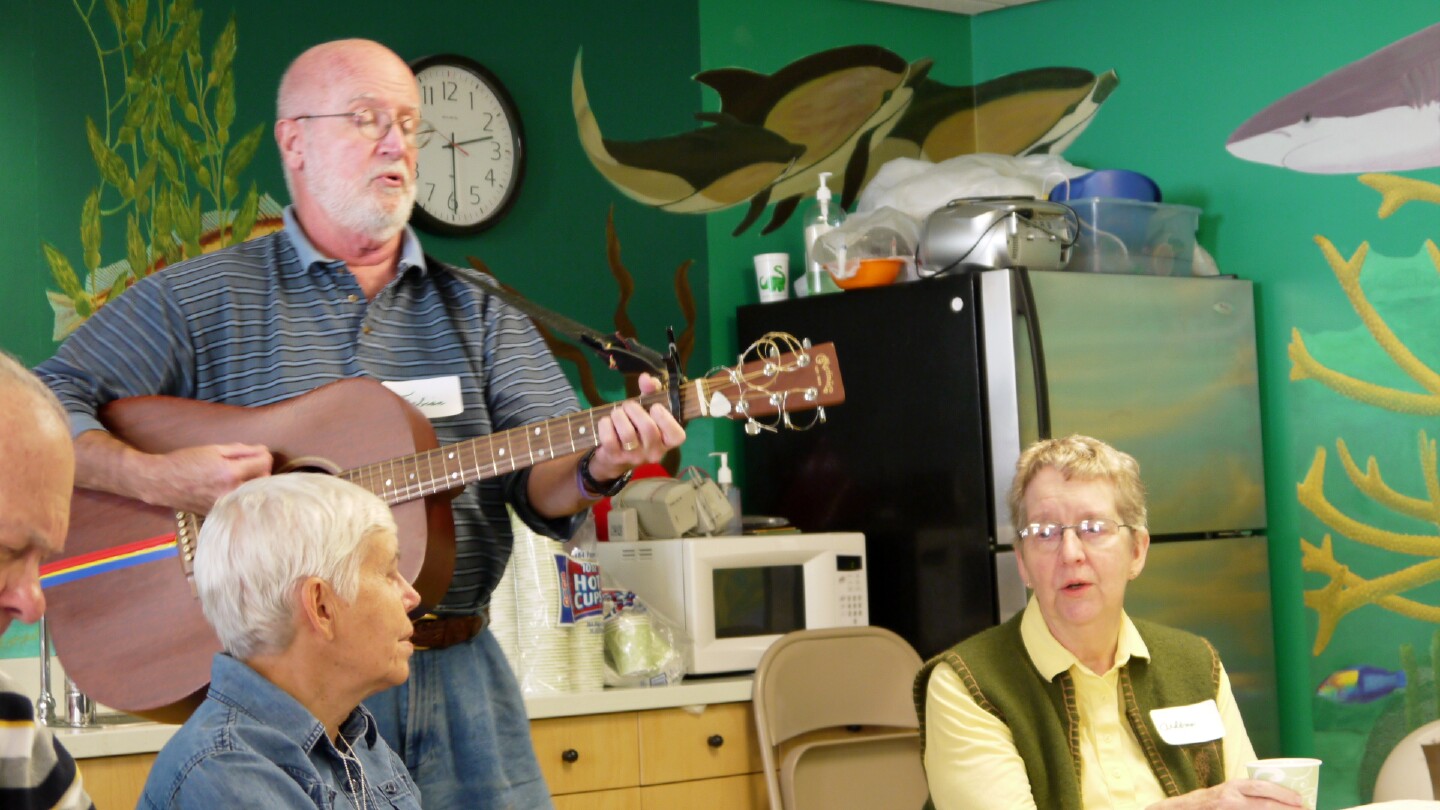
The Café is designed for families caring for a loved one at home with dementia or Alzheimer's. It's a place to spend a couple of hours out together where the focus is not on the disease. We wanted to provide a lively, safe place for people to gather in the company of others who are on a similar journey. It's a place where you can make new friends and leave your troubles at the door: more afternoon tea than therapy session.
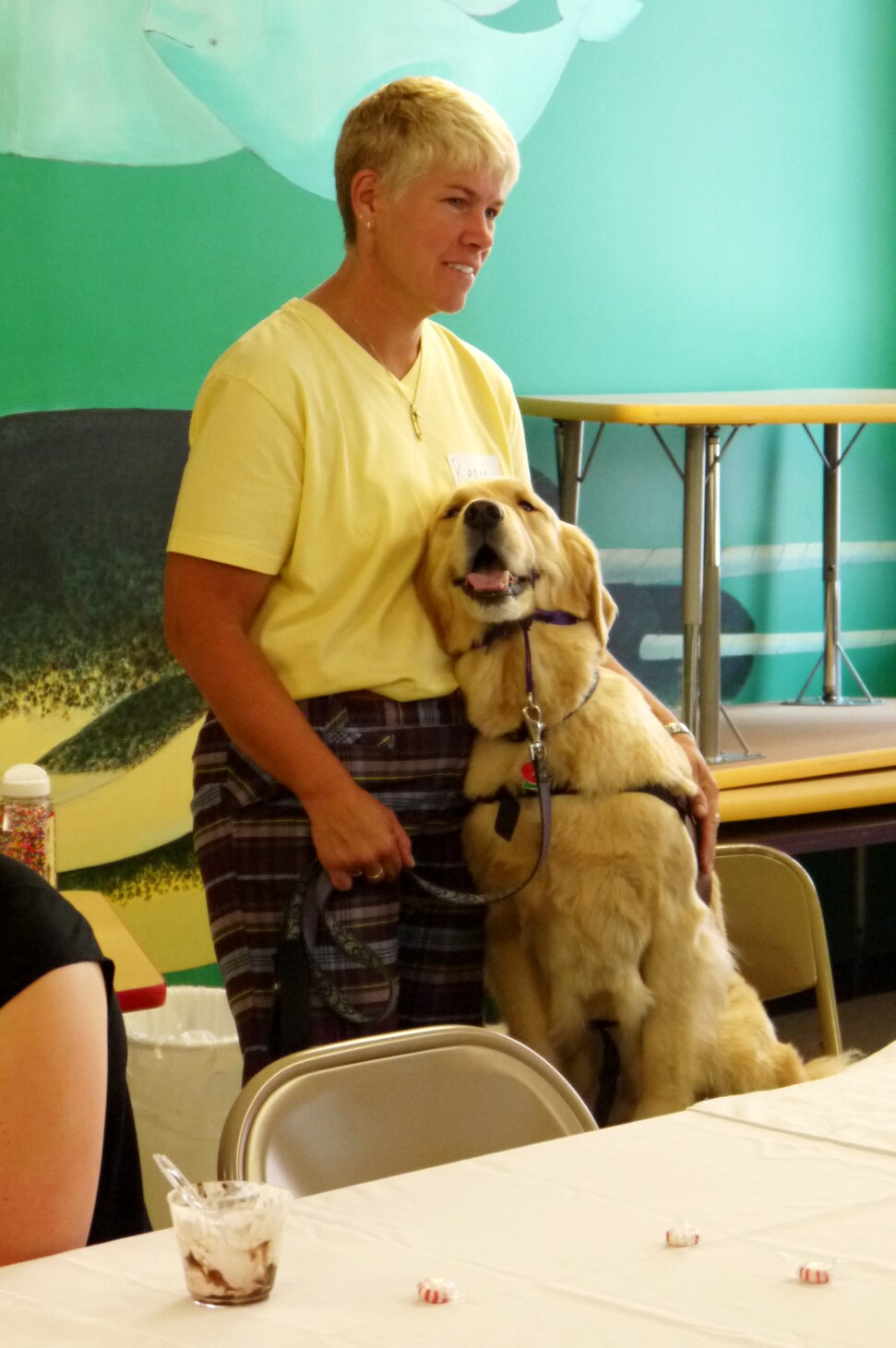
After four years, we decided to conduct a study of the benefits of coming to the Café from the prospective of the families who attend. Care partners and people with dementia agreed to fill out surveys, be interviewed and observed at the Café. The head of Nursing at Keene State College and a recent graduate from UNH nursing school helped design the study and collect data. On Monday, November 16 we will sharing our findings at a symposium at Wentworth- Douglass Hospital Conference Center. All are welcome to attend this free event from 1-4pm to hear what we learned.
So if you see McGee, a friendly Golden Retriever, walking around on the 3rd Thursday of the month, or hear the sounds of laughing, singing or instrumental music coming from the Museum's Deep Sea classroom, pop in and visit the Alzheimer's Cafe!
Four & Twenty Blackbirds
The Caldecott Medal in the 1940's
In the first entry of our November Family Literacy Month series, we explored the origins of the Caldecott Medal (Why are there blackbirds on one side of the medal and a horse on the other? Who illustrated a medal for illustrators? Who sculpted said medal?) and shined the spotlight on two of the earliest illustrators, and their respective works, to be honored by the Caldecott Award committee. OUr hope is that readers will reacquaint themselves with illustrators and books that they once cherished while also finding new books to add to the rich fabric of their family's literary tapestry. Join us as we leave the dustbowl behind and jump into a decade where radio was still king, rubber was considered a luxury item, and Jeep, Frisbee and Tupperware all make their grand debut . . .
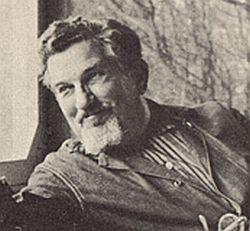
Who: Louis Slobodkin (born in Albany, NY, 1903)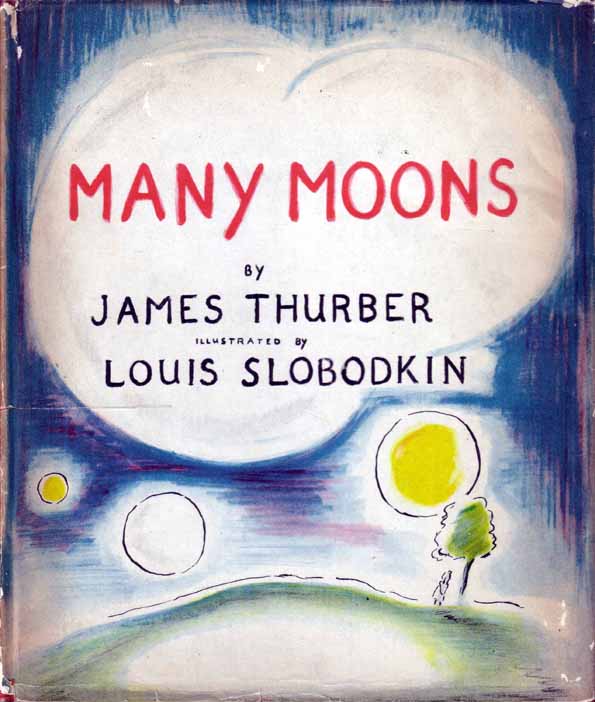
Book: Many Moons / Harcourt, Brace & Company / 1943
Writer: James Thurber
Plot: A lonely Princess decides that she wants the moon. She must have the moon. Her father, the King, demands that his court acquire it for her. Understandably, there are difficulties with the young princess's demanding request. Can the lowly Court Jester succeed in helping the Princess where the Royal Wizards, the Lord High Chamberlin and the Court Mathematician could not?
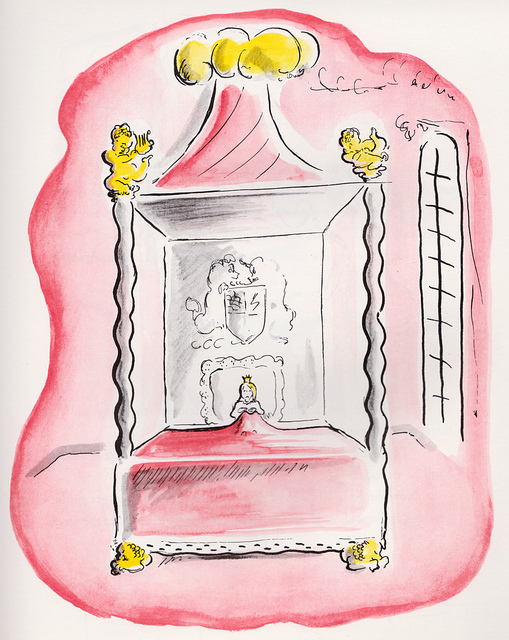 Misc: In 1943, Slobodkin brought life to James Thurber's words in
Misc: In 1943, Slobodkin brought life to James Thurber's words in 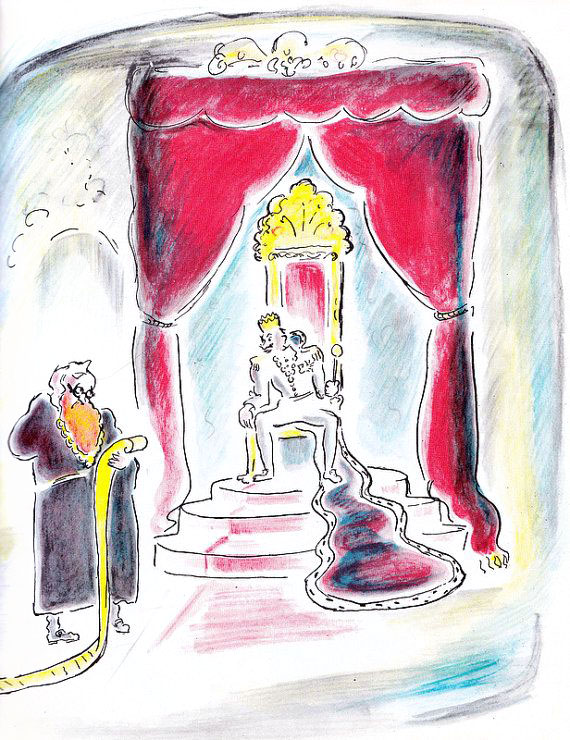 Many Moons, although that wasn't an area Thurber often needed help with. Thurber (The Secret Life of Walter Mitty) was a celebrated humorist, playwright, author, editor and cartoonist. Instead of using his own drawings for his tale of a forlorn Princess, Slobodkin's sparse, sketched out art was employed. Harcourt, Brace & Company clearly made the correct choice as it earned Thurber the Caldecott Medal the following year. After Many Moons, (also sold as The Princess that Wanted the Moon) Thurber went on to write numerous short stories as well as continue to contribute to The New Yorker alongside his friend and fellow writer E.B. White (who also knew a thing or two about children's books). Slobodkin went on to write and illustrate his own children's science fiction mini-franchise of books known as The Spaceship Under the Apple Tree series from 1952's eponymous first entry through 1972's final entry The Spaceship Returns to the Park.
Many Moons, although that wasn't an area Thurber often needed help with. Thurber (The Secret Life of Walter Mitty) was a celebrated humorist, playwright, author, editor and cartoonist. Instead of using his own drawings for his tale of a forlorn Princess, Slobodkin's sparse, sketched out art was employed. Harcourt, Brace & Company clearly made the correct choice as it earned Thurber the Caldecott Medal the following year. After Many Moons, (also sold as The Princess that Wanted the Moon) Thurber went on to write numerous short stories as well as continue to contribute to The New Yorker alongside his friend and fellow writer E.B. White (who also knew a thing or two about children's books). Slobodkin went on to write and illustrate his own children's science fiction mini-franchise of books known as The Spaceship Under the Apple Tree series from 1952's eponymous first entry through 1972's final entry The Spaceship Returns to the Park.
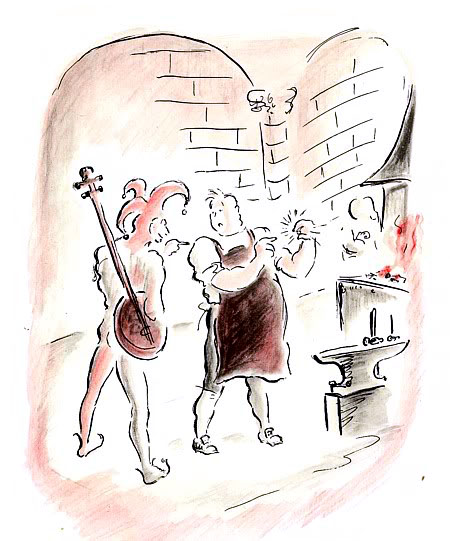 Availability: In a strange move, the publisher commissioned a new artist, Marc Simont, and re-released the book in the mid-90's. Re-illustrating a book, especially to gain more attention when it's reissued is commonplace in the publishing world (see the works of Roald Dahl and L. Frank Baum for two famous examples), but it's quite rare to replace the illustrations of a Caldecott-winner. Simont, however, was no slouch. A multiple Caldecott Honoree and Medal Winner, Simont had also illustrated Thurber's popular children's book The 13 Clocks in 1950 after being personally asked to do so by Thurber himself. Luckily, if you're interested in Slobodkin's vision of the lunar loving Princess, it's still readily available in book stores and online. Note: Does your family have any copies of Slobodkin's Spaceship entries? If so, you may want to protect them. Depending on the condition of these beloved, but sadly out-of-print books, used paperback copies often start around $100 online. That's right - used paperback copies. If you have any new copies that happen to be laying around, you may even be able to build your own spaceship, as they are listed at approximately $2,000 and up online.
Availability: In a strange move, the publisher commissioned a new artist, Marc Simont, and re-released the book in the mid-90's. Re-illustrating a book, especially to gain more attention when it's reissued is commonplace in the publishing world (see the works of Roald Dahl and L. Frank Baum for two famous examples), but it's quite rare to replace the illustrations of a Caldecott-winner. Simont, however, was no slouch. A multiple Caldecott Honoree and Medal Winner, Simont had also illustrated Thurber's popular children's book The 13 Clocks in 1950 after being personally asked to do so by Thurber himself. Luckily, if you're interested in Slobodkin's vision of the lunar loving Princess, it's still readily available in book stores and online. Note: Does your family have any copies of Slobodkin's Spaceship entries? If so, you may want to protect them. Depending on the condition of these beloved, but sadly out-of-print books, used paperback copies often start around $100 online. That's right - used paperback copies. If you have any new copies that happen to be laying around, you may even be able to build your own spaceship, as they are listed at approximately $2,000 and up online.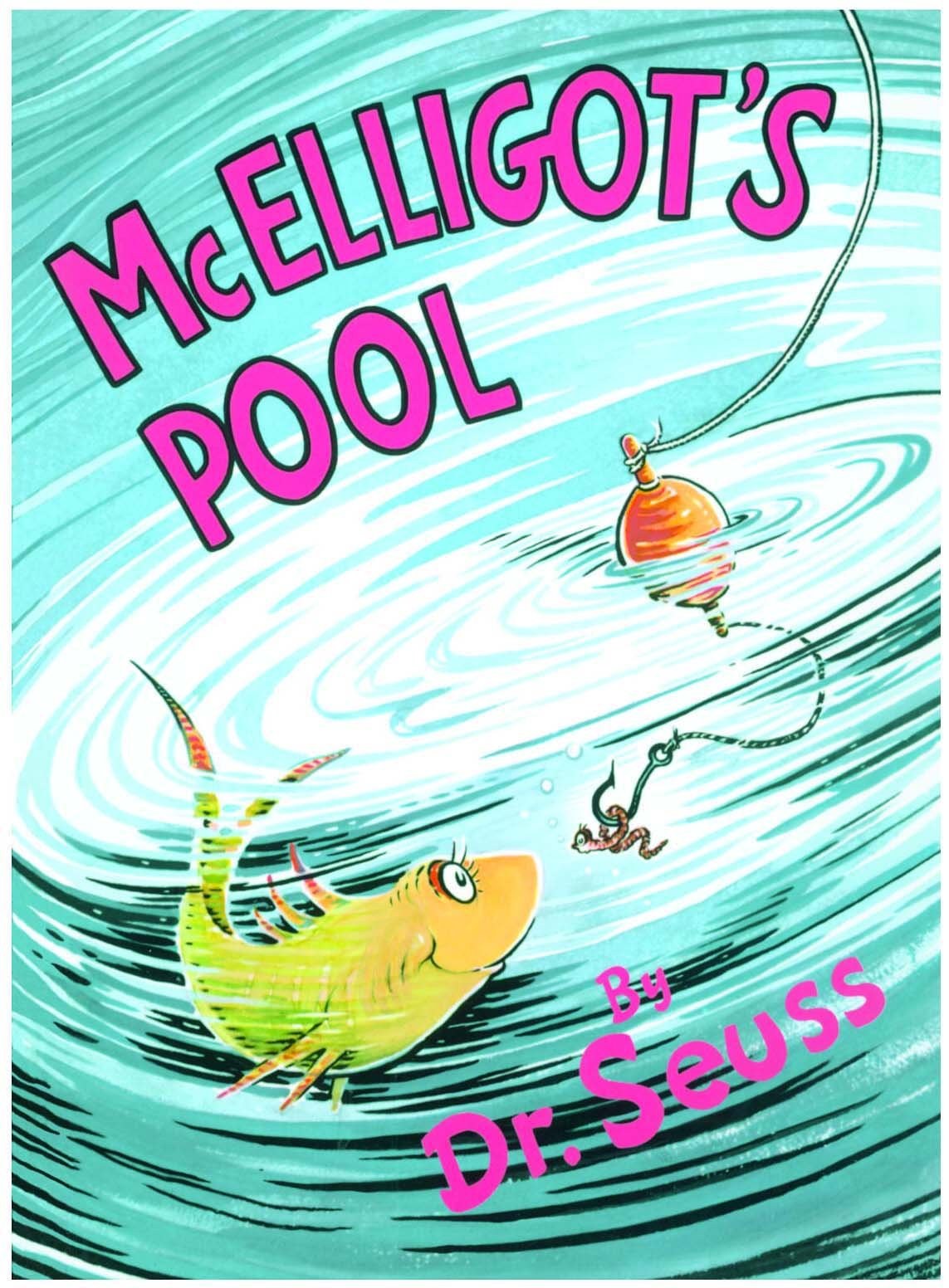
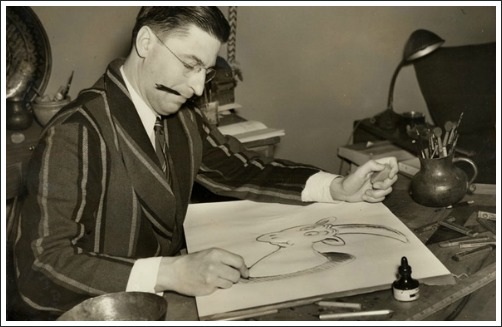
Who: Theodor Geisel, a.k.a. - Dr. Seuss (born in Springfield, MA, 1904)
Book: McElligot's Pool / Random House / 1947
Writer: Geisel
Plot: Young Marco has high hopes that he'll catch a fish in the local pond. But this isn't just any pond - oh, no, this is McElligot's Pool, which one of the locals reminds Marco is one of the most polluted, garbage-filled, fish-unfriendly bodies of water around. This summation of the cold, hard facts does not deter Marco. He is determined to catch a fish in McElligot's Pool. Be it goldfish, trout, or - fueled by his vivid imagination regarding not only the length and depth of McElligot's Pool but of its denizens - checkerboard patterned fish, a more equine-than-usual seahorse or a multi-headed eel.
Mis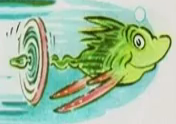 c: Seuss published five books within three years of each other, from 1937's And to Think That I Saw It on Mulberry Street through 1940's Horton Hatches the Egg. After this flurry of writing/publishing activity, Seuss didn't release his next book, McElligot's Pool, until seven years later. To be fair, most of the modern world was put on hold from 1940-1945 thanks to the war, and Seuss was no exception. He wrote and drew hundreds of
c: Seuss published five books within three years of each other, from 1937's And to Think That I Saw It on Mulberry Street through 1940's Horton Hatches the Egg. After this flurry of writing/publishing activity, Seuss didn't release his next book, McElligot's Pool, until seven years later. To be fair, most of the modern world was put on hold from 1940-1945 thanks to the war, and Seuss was no exception. He wrote and drew hundreds of 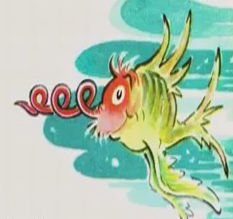 political cartoons during World War II, many of which directly attacked foreign leaders including Hitler and Mussolini, while also saving room to lambaste former American hero Charles Lindbergh for his questionable views on the foreign policy future of the United States. McElligot marked the return of Seuss's earliest protagonist, Marco, from Mulberry Street. It also marked Seuss's first time using watercolors, opposed to his usual pen and ink me
political cartoons during World War II, many of which directly attacked foreign leaders including Hitler and Mussolini, while also saving room to lambaste former American hero Charles Lindbergh for his questionable views on the foreign policy future of the United States. McElligot marked the return of Seuss's earliest protagonist, Marco, from Mulberry Street. It also marked Seuss's first time using watercolors, opposed to his usual pen and ink me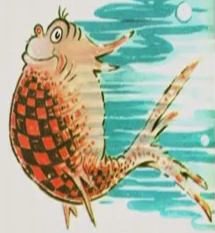 thod, to illustrate his story. Random House loved the new, multi-textured look with colors from each spot of the spectrum, but were wary of the costs involved in publishing a book of its length with full color watercolor prints. They compromised by alternating between black and white pages and fully painted pages. Instead of upsetting the balance of the book's beauty, the sharp, monochromatic pages only help in making the rich watercolors jump and swim off th
thod, to illustrate his story. Random House loved the new, multi-textured look with colors from each spot of the spectrum, but were wary of the costs involved in publishing a book of its length with full color watercolor prints. They compromised by alternating between black and white pages and fully painted pages. Instead of upsetting the balance of the book's beauty, the sharp, monochromatic pages only help in making the rich watercolors jump and swim off th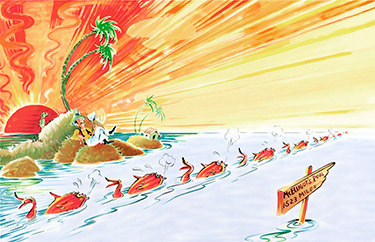 e page. Despite being considered one of the most beautifully rendered of all of the Seuss books, McElligot's Pool was a Caldecott Honoree but did not win the Medal, instead seeing it awarded to Roger Duvoisin for his work in White Snow, Bright Snow. Unlike many other works by Seuss, McElligot's Pool did not receive a major adaptation, though the basic language and text of the story was reproduced in 2000 though the song "It's Possible" from Act I of Seussical: The Musical. Veering from the narrative slightly, the musical recasts the role of Marco to a Who named JoJo. Remarkably, though two more Seuss books would go on to receive Caldecott Honors (1950's Bartholomew and the Oobleck and 1951's If I Ran the Zoo), Geisel was never awarded the Caldecott Medal.
e page. Despite being considered one of the most beautifully rendered of all of the Seuss books, McElligot's Pool was a Caldecott Honoree but did not win the Medal, instead seeing it awarded to Roger Duvoisin for his work in White Snow, Bright Snow. Unlike many other works by Seuss, McElligot's Pool did not receive a major adaptation, though the basic language and text of the story was reproduced in 2000 though the song "It's Possible" from Act I of Seussical: The Musical. Veering from the narrative slightly, the musical recasts the role of Marco to a Who named JoJo. Remarkably, though two more Seuss books would go on to receive Caldecott Honors (1950's Bartholomew and the Oobleck and 1951's If I Ran the Zoo), Geisel was never awarded the Caldecott Medal.
